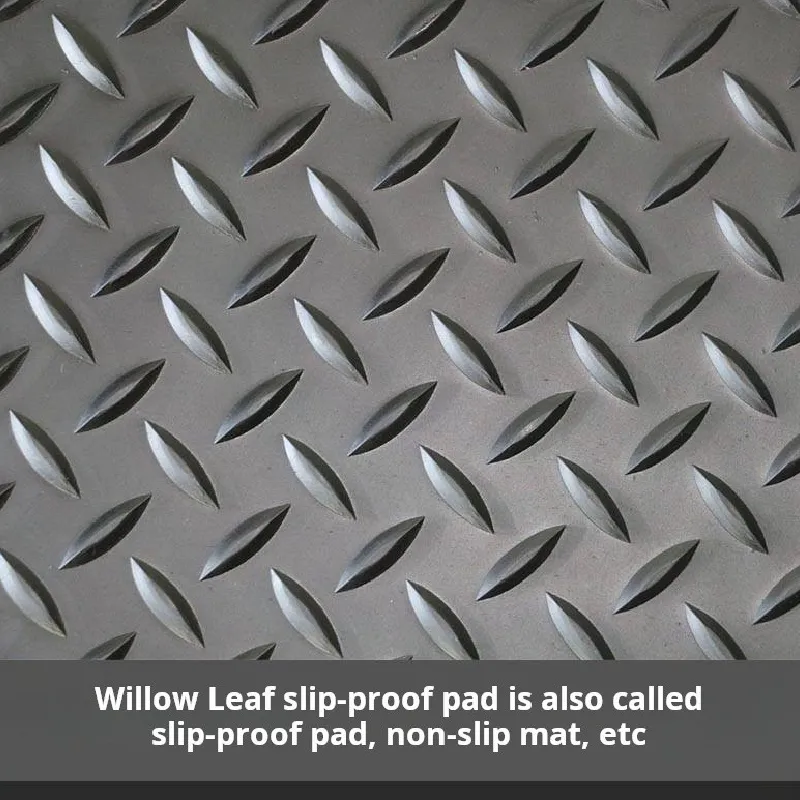Determining the Ideal Thickness for PVC Edge Banding Applications
Understanding PVC Edge Banding Thickness A Comprehensive Guide
PVC edge banding is an essential component in modern furniture construction and design. As furniture and cabinetry increasingly feature exposed edges, the need for a durable and aesthetically pleasing solution becomes paramount. This is where PVC edge banding comes into play. One crucial aspect of PVC edge banding is its thickness, which significantly affects both functionality and appearance. In this article, we'll explore the importance of PVC edge banding thickness, its standard measurements, and how to choose the right thickness for your projects.
What is PVC Edge Banding?
PVC (Polyvinyl Chloride) edge banding is a plastic material that is applied to the exposed edges of particle board, MDF (medium-density fiberboard), or plywood. It serves multiple purposes protecting the edges from damage, moisture, and wear while providing a visually appealing finish to furniture pieces. PVC edge banding is popular due to its availability in various colors, textures, and designs, making it easy to match or contrast with the surface of the panel it covers.
Importance of Thickness
The thickness of PVC edge banding plays a significant role in the overall quality and longevity of furniture pieces. Here are several factors that highlight its importance
1. Durability Thicker edge banding typically offers better protection against chipping, denting, and everyday wear and tear. It helps extend the lifespan of the furniture by safeguarding the vulnerable edges from damage.
2. Aesthetic Appeal The thickness of the edge banding affects the visual transition between the surface and the edge. A proportionate thickness can enhance the overall appearance of the furniture, while an improper thickness might lead to an awkward or unprofessional look.
3. Ease of Application Different thicknesses may require different methods of application. For example, thicker materials can be more forgiving during the application process, whereas thinner materials might demand more precision and skill.
4. Compatibility with Tools The thickness of the edge banding can also determine the kind of tools required for the job. For instance, certain edge banding machines are designed specifically for particular thickness ranges, which can impact efficiency in a production setting.
Standard Thickness Measurements
pvc edge banding thickness

PVC edge banding is available in a range of thicknesses, with the most common measurements falling between 0.4mm and 2mm. Here's a breakdown of typical thicknesses and their applications
- 0.4mm to 0.6mm Best suited for lightweight furniture or cabinetry, these thicknesses provide a minimal yet effective edge covering. Ideal for applications where cost efficiency is a priority.
- 0.8mm to 1.0mm A popular choice for residential cabinetry and furniture, these thicknesses offer a good balance between durability and aesthetics, making them suitable for most applications.
- 1.2mm to 2mm Used in commercial-grade furniture and high-traffic areas, these thicker options provide superior protection and a higher-end finish. They are ideal for furniture that will endure more rigorous use.
Choosing the Right Thickness
When selecting the right thickness for PVC edge banding, consider the following factors
1. Type of Furniture Assess the intended use of the furniture. For high-traffic areas or commercial applications, opt for thicker edge banding to ensure longevity.
2. Design Aesthetics Match the edge banding thickness to the overall design of the furniture. A thicker banding may add a modern, robust look, while a thinner banding might convey a sleek and minimalistic design.
3. Application Method Consider the tools and techniques you’ll be using for application. Ensure you choose a thickness compatible with your equipment to achieve the best results.
Conclusion
In summary, the thickness of PVC edge banding is a crucial factor that influences not just the durability and functionality of furniture but also its aesthetic appeal. By understanding the available thicknesses and their applications, you can make informed choices that enhance the quality and look of your furniture projects. Whether you’re a DIY enthusiast or a professional cabinet-maker, selecting the right PVC edge banding thickness will undoubtedly contribute to the success of your designs.
-
Under Door Draught Stopper: Essential ProtectionNewsJul.31,2025
-
Garage Door Seal and Weatherstrips for ProtectionNewsJul.31,2025
-
Edge Banding Tape for Perfect EdgesNewsJul.31,2025
-
Table Corner Guards and Wall Corner ProtectorsNewsJul.31,2025
-
Stair Nose Edging Trim and Tile Stair SolutionsNewsJul.31,2025
-
Truck Bed Rubber Mats for Pickup BedsNewsJul.31,2025
-
Window Weather Stripping for Noise ReductionNewsJul.29,2025